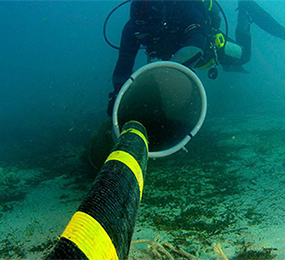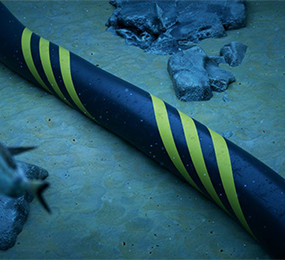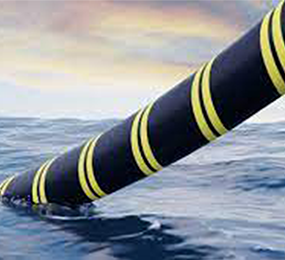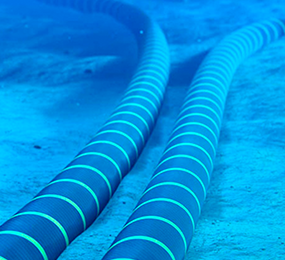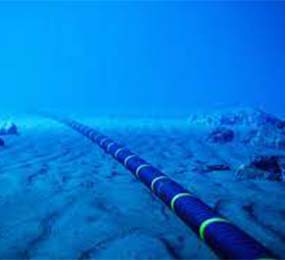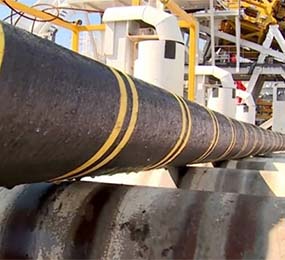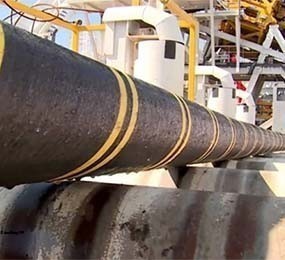High Voltage Direct Current (HVDC) Submarine Cables: Enabling Long-Distance Power Transmission
The increasing demand for renewable energy sources, often located in remote areas, necessitates efficient and reliable power transmission over long distances. High Voltage Direct Current (HVDC) submarine cables have emerged as a crucial technology to meet this challenge. Unlike traditional Alternating Current (AC) cables, which suffer from energy losses over long distances, HVDC cables can transmit electricity with minimal losses, making them ideal for connecting offshore wind farms, hydroelectric power plants, and other remote energy sources to the grid.
HVDC submarine cables offer several advantages. First, they can transmit more power over longer distances compared to AC cables. This is because direct current does not experience the same inductive and capacitive losses as alternating current. Second, HVDC cables are more stable and less susceptible to faults, ensuring a reliable power supply. Additionally, HVDC technology allows for greater flexibility in grid management, as power can be transmitted in both directions.
While HVDC submarine cables offer significant benefits, their installation and maintenance can be complex and costly. The cables are typically laid on the seabed, requiring specialized equipment and expertise. Moreover, monitoring and repairing faults in underwater cables can be challenging. However, advancements in technology and experience gained from numerous projects have made HVDC submarine cables a viable and attractive option for long-distance power transmission.
Visit our website to know more: https://www.leadventgrp.com/events/4th-annual-submarine-power-cable-and-interconnection-forum/details
For more information and group participation, contact us: [email protected]
Leadvent Group - Industry Leading Events for Business Leaders!
www.leadventgrp.com| [email protected]


